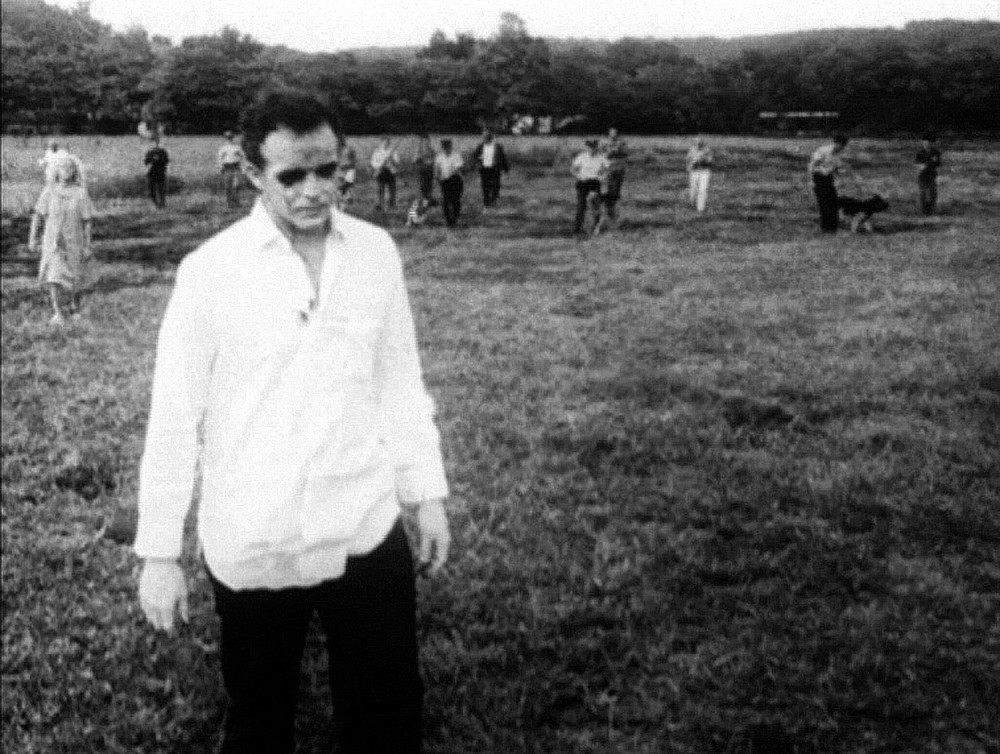How did “Night of the Living Dead” create the idea of the zombie as it’s known today?
Bosco chocolate syrup. Roasted ham. Second-hand clothes from Goodwill. A public cemetery. Recycled music. Mortician’s wax. These are the components that created a groundbreaking film and shifted George Romero from a man shooting shorts for Mr. Rogers’ Neighborhood (1966) to a pioneering icon in the horror genre. With Night of the Living Dead (1968), a film Variety initially described as an “unrelieved orgy of sadism” that questioned the “integrity and social responsibility of its Pittsburgh-based makers,” Romero immediately transformed his children’s television career into one of a horror director.
The film was hated for its gruesome violence, respected as a critique of American involvement in Vietnam, seen as a showcase of disillusionment against authority, and hailed as an attack on xenophobia. To Romero, it was a scary story that he admits in DVD commentary he ripped off of the concept of Richard Matheson’s 1954 novel “I Am Legend,” a horror novel about a plague of vampire creatures that feed on the uninfected.
Night of the Living Dead’s story shows humanity in a position moving towards tragedy. Romero decided the scariest monsters imaginable were humans themselves, and his reinvented concept of the “zombie” was born. Though the word is never used in the film (where they’re referred to as “ghouls”), the semblance of mobile, reanimated cannibal corpses are the driving fear of the piece. Almar Haflidason of the BBC called the film “a new dawn in horror film-making.” Zombie films existed as early as 1932 with White Zombie, and I Walked With a Zombie in 1943—but their zombies were of a different origin than Romero’s. The early pictures concerned living beings enslaved by voodoo witch doctors, not animated corpses as in Romero’s creation, and as zombies are regarded today. (The term originated in Haitian folklore and refers to animation via magic.)

Night of the Living Dead helped champion the creation of the splatter film genre, a style of horror heavy on gore and brutality, showcasing the weakness of the human form and the theatrics of its destruction. The genre is often linked with “torture porn” in modern cinematic analysis. In the time of Night of the Living Dead, Romero coupled violence with exploitation—the film doesn’t take place in a recognizable location or feature an identifiable nemesis as most horror up to the 1960s had. Its setting was a rural Pittsburgh farm and the zombies emerged out of regular human life, instilling a brand new and highly effective form of dread on the viewer. But because of its social commentary and nuanced subtext, it was more than just a violence-fest for the sake of violence.
Romero’s zombies are barely less than human. With a miniscule budget and limited effects, most of the film’s zombies aren’t disfigured or mutilated beyond recognition, though the film served as the start of award-winning special effects/makeup wizard Tom Savini’s career, who would go on to establish himself as one of the great movie makeup artists. (Current Walking Dead (2010) executive producer, director, and special effects supervisor Greg Nicotero is one of Savini’s protoges.) In Night of the Living Dead, Romero compensates for his financial and professional limitations in various ways. He relies on chiaroscuro lighting to emphasize alienation and amplify dread, features subjects of social taboo like cannibalism, and employs an unprecedented level of violence. It was incredibly controversial at the time, but his definition of the zombie birthed by the film has since been accepted into society as “the” representation of the term.
The zombie lives on as one of the most fearsome and beloved horror monsters, as it’s a monster that lives within all of us. Within the reality of horror films and the science of science fiction, we all have the potential to become the very thing we fear.

